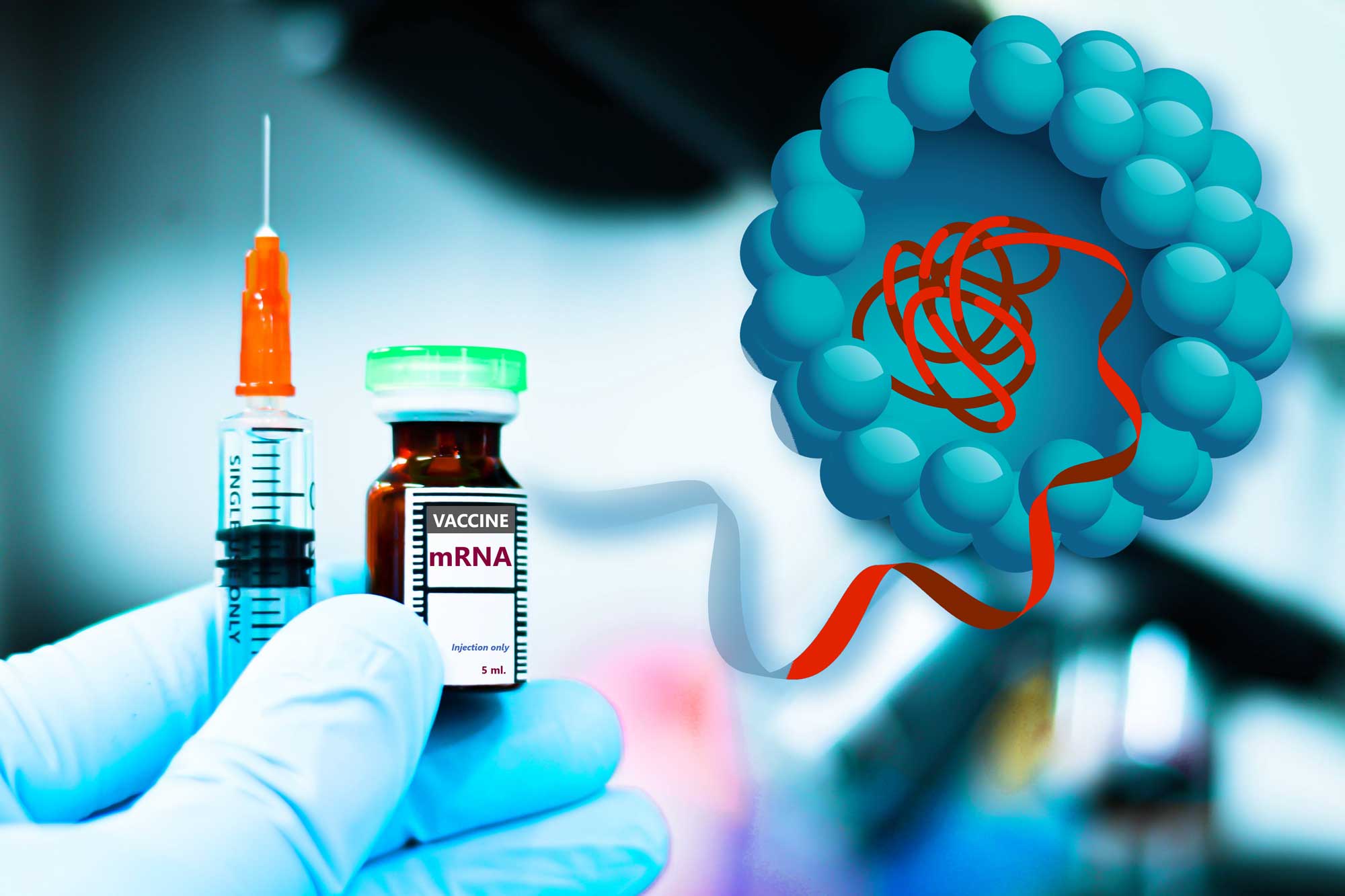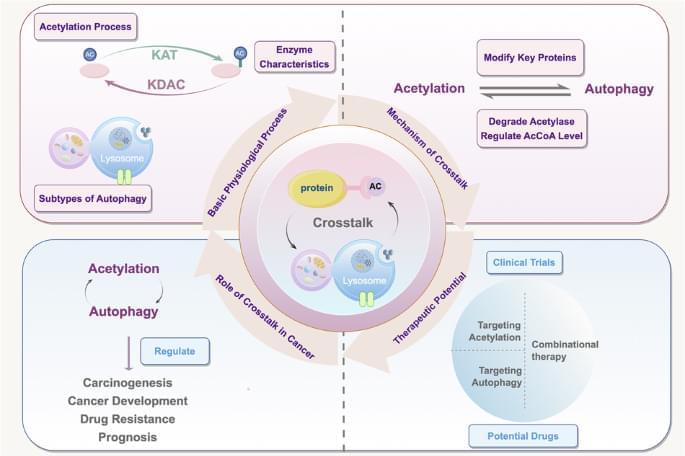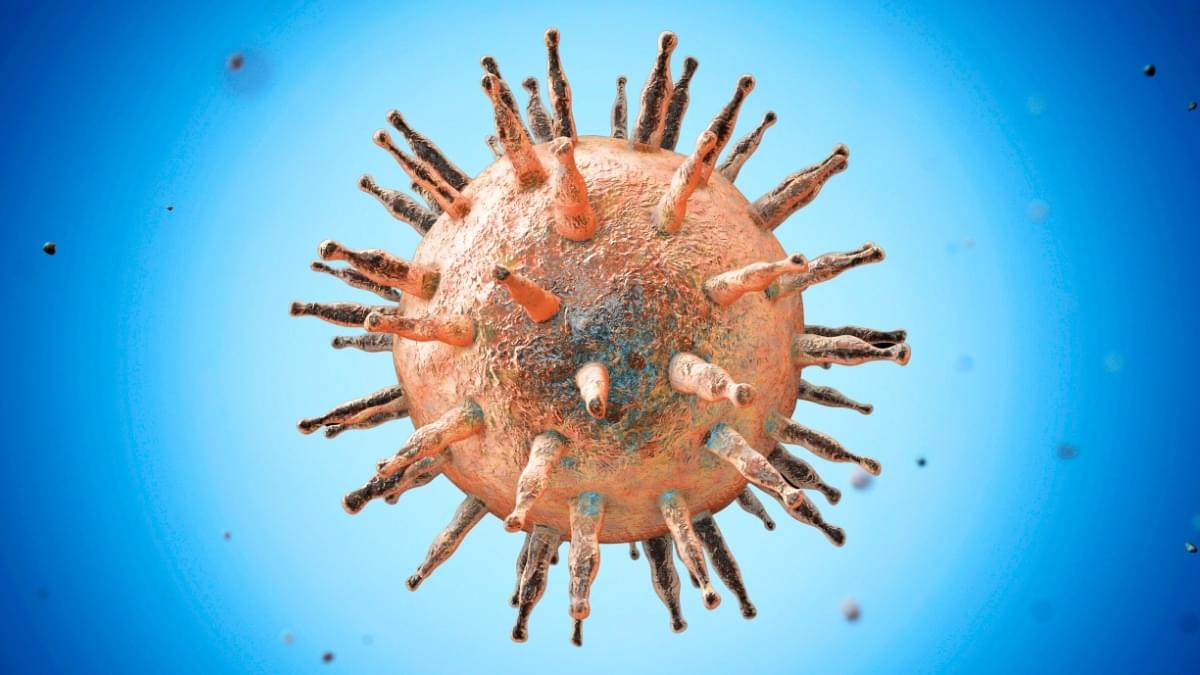Manufacturing sustainable aviation fuel with CO₂ byproducts of ethanol production could reduce carbon intensity by more than 80% compared to fossil fuels.
The CO2 released from corn during ethanol production could actually be a valuable, underutilized resource for producing aviation fuel rather than a waste byproduct, according to a study published in the SAE International Journal of Sustainable Transportation, Energy, Environment, & Policy.
Unlike the CO₂ from coal plants or cement kilns, which requires a lot of energy to capture, fermentation to produce ethanol releases very pure streams containing 85% CO₂ by volume or higher. As the corn plants sequestered CO₂ from the air, capturing the CO₂ released from fermentation and using it as fuel would reuse CO₂ without adding more to the atmosphere.









